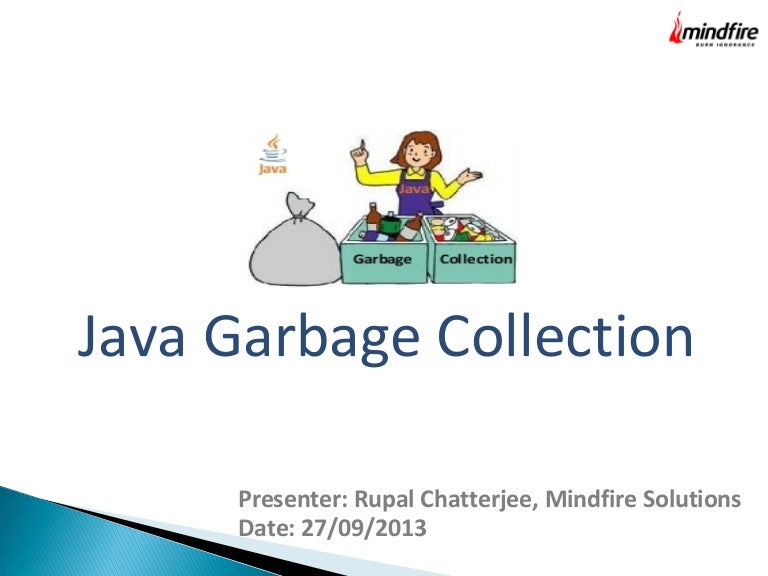

But in your actual project, you need to consider all the parameters.īelow is the 5000 threads – G1GC screenshot. The response time, number of failed transactions, and other parameters are secondary for this experiment. Jetty will throw high response time eventually. Throughout this experiment I am focusing only on the number of threads that JMeter can inject. I am aware that this number is high considering my system configuration. I started my experiment with G1GC as it is the default GC in Java 11 and with 5000 threads with a ramp up of 300 seconds. set HEAP=-Xms4g -Xmx4g -XX:MaxMetaspaceSize=256m The Best Garbage Collection for JMeter Experiment G1GC Open jmeter.bat in your favorite editor and edit the line which has SET HEAP and configure the heap size to 4g e.g. No network overhead as we are using locally hosted app.įrom JMeter perspective, there is no resource consuming elements in the test plan.Īlso, after each run, I gave some breath time for my system, so that it can come back to normal utilization.Remaining might be consumed by Jetty app.We are making use of 3 GB of RAM slice.1 GB might be allocated for the daemon threads.4 GB is allocated to JMeter which is consistent across the multiple runs.


50% of RAM i.e., 8 GB is for Operating System.I cannot kill those.įollowing are the assumptions we can make: Of course, there will be background processes running e.g., Anti-virus, daemon apps etc. Task Manager – to view the CPU and Memory trends.Two terminal sessions – to run Jetty application and JMeter in CLI mode.I have kept only the following programs open: Total Bytes for all the requests: 894.388 Kilobyteīefore I started the experiments, I have closed all the resource consuming programs such as Vivaldi browser, MS Outlook, One Drive, Docker, MS Office programs, recording software, and more.Jetty 9.4.38.v20210224 hitting sample demo application at localhost:8080.Max heap size allocated is 4 GB for all the experiments.Java version for G1GC and Shenandoah is Java 11.Installed Physical Memory (RAM): 16.0 GB.Processor: Intel(R) Core (TM) i7-7500U CPU 2.70GHz, 2901 Mhz, 2 Core(s), 4 Logical Processor(s).But it is running, great apart from fan speed. I want to measure the performance of each GC for JMeter in a bare metal machine. I have not used Docker setup to run these tests. Whether your heap size is 200 GB or 2 GB, the semantics is identical. Shenandoah GC is from Red Hat team which the low pause time garbage collector that reduces GC pause times by performing more garbage collection work concurrently with the running Java application. It works well with the large volume of heaps. ZGC yielded surprising results in this experiment. It performs all the expensive work concurrently. It separated heaps into multiple regions as I mentioned above and carry out the GC activity efficiently. G1GC (Garbage First Garbage Collector) is one of the commonly used GC algorithms in Java and it is the default GC in Java 11. Hence, I am not using Epsilon GC in this experiment. It is useful to baseline the configuration and for testing your application. Since it is deprecated, I have not included this GC for the experiment.Įpsilon GC is a passive GC. It needs more CPU to achieve more throughput.

Parallel GC uses multiple threads to carry out the GC activity, but it injects the pauses while doing the GC.ĬMS (Concurrent Mark Sweep) GC is deprecated algorithm in Java where it marks the referenced object and sweeps the remaining. It is not ideal for multi-threaded application like JMeter.
#Better trash collection java serial
Serial GC is one of the simplest GC algorithms. It uses single thread to carry out the GC activity. In this experiment, I did multiples execution using commonly used GC algorithms namely: G1GC, Z GC, and Shenandoah GC. Without deep diving into the GC algorithms, let us see the high-level overview about the following types of Garbage Collectors in Java. If you want to learn more, please check my Performance Engineers playlist on YouTube. Else, it might be garbage collected.Ībove example is from the G1GC perspective, at least at a high level. So, what is an unreferenced object? If the object has a reference in the stack memory, then it will not be garbage collected. JVM may clean up the unreferenced object or it may not. The longer the object lives, it is likely to become garbage collected in the Old Generation. But sometimes, objects will live longer and takes up the heap space. When you start the Java application, your Java Virtual Machine creates new objects in the Young Generation which is expected to be short- lived. Object needs a place to live and it will be huge.


 0 kommentar(er)
0 kommentar(er)
